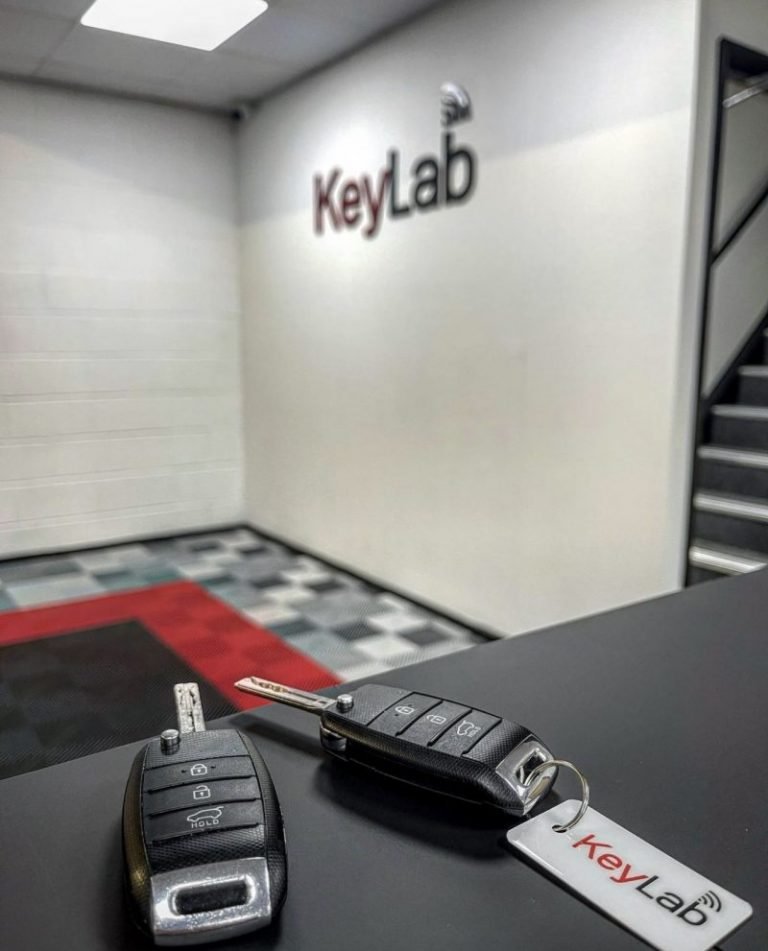Automotive Diagnostics
There are a variety of diagnostic tools that can be utilized to diagnose automotive issues. They include back-pin probing as well as patterns recognition algorithms. In addition to identifying components that are failing These diagnostic tools can also help you communicate with a remote assistance facility. These tools are crucial to ensure your car is safe driving.
Warning system for component failure
Modern automobiles have many electronic and internal systems that are able to monitor how the vehicle is operating and can be caused by an issue. A warning signal is sent to the driver in the event that a component of the vehicle isn't working correctly. Certain warning lights signal an issue that is minor, such as gas cap leakage. Other lights can signal a more serious issue.
A system that detects malfunctions will save data that will help repair technicians pinpoint the problem and fix it. The repair technician will be able to quickly fix the issue if the issue is detected early enough. By following the tips, a vehicle owner can enhance security and lower the cost of maintenance.
Modern vehicles have an onboard computer system that monitors all major systems and functions of the vehicle. It also monitors fuel efficiency and harmful emissions. When a component fails a warning light will appear on the dashboard. This system, known as OBD, is used on personal vehicles, trucks, and commercial vehicles. It has become an industry standard and makes diagnosis much simpler.
These alerts are issued in the form of Diagnostic Trouble Codes or DTCs, and are the result of a diagnostic process that determines the cause of a problem. Diagnostics require the thorough search of service information as well as pin-point tests of the vehicle, and examining the affected areas. To identify the issues with a vehicle, it is important to comprehend the meaning of these codes.
Communication between a vehicle and a remote assistance facility
Remote assistance devices will only work with your vehicle if you have a way of communicating with it. Vehicle-to-vehicle (V2V) communication is a method to communicate with other vehicles and share information wirelessly. This technology permits the transmission of omnidirectional messages up to 10 times per second. It assists vehicles to keep a the full view of their surroundings. It also gathers data from vehicles in the vicinity to alert drivers about the possibility of accidents. These systems can also utilize audible and tactile warnings to aid drivers in avoiding accidents.
Back-pin probing

Back-pin probing is a method used in automotive diagnostics that makes use of a sharp pin to make contact with automotive connectors. These probes are typically inexpensive and can be found on all models of vehicles. They are helpful for taking live circuit measurements without causing harm to connectors. This eliminates the need to puncture the wire insulation.
Many technicians prefer to use back-probing for automotive diagnostics. It is much more convenient than the process of piercing wire insulation. These tools are easily integrated into automotive connectors using various tips. A lot of back-probes with special features have smaller diameters, which helps to reduce the amount of leverage that is applied to the connector.
Certain automotive diagnostic kits include multiple connectors and probes, like banana plugs, alligator clips and pointed probe tips. Some kits also include assorted test kits. These kits let you quickly and easily test the electrical signals that indicate that there is a problem with your vehicle.
Back-pin probing is one of the most efficient ways to test automotive connectors. It lets you quickly connect and disconnect test leads. This method of diagnosis is cost-effective. This method could save a lot of time, labor as well as money.
On-board diagnostics
The health of the vehicle is monitored by the onboard diagnostics. They can also be alerted when their vehicle needs repair or maintenance. This technology can boost the efficiency of your vehicle and increase its reliability. It also can inspire car makers to create more efficient engines and improve vehicle safety. These systems also assist drivers in saving time and money and allow them to check how their car is performing without having to visit a mechanic.
Before the advent of standardized on-board diagnostics, the manufacturers created their own systems. The initial versions of the system relied on their own connectors, electronic interfaces and customized codes to identify problems. Volkswagen and Datsun introduced the first systems in 1968 and 1978. The Society of Automotive Engineers (SAE) eventually required that all vehicles have the technology. In addition, in 1994, California's law mandated that all vehicles use on-board diagnostics.
The on-board diagnostics systems are so sophisticated that they can operate with the same power as a desktop computer. They are compatible with a variety of mid-speed networks, and are capable of handling massive quantities of data. Additionally, mobile car diagnostics on-board diagnostics systems are equipped with a vehicle speed sensor that is able to detect roads that are rough. The sensors are integrated into the vehicle's engine control unit also known as the ECU.
OBD systems can detect issues in a vehicle's engine and activate a warning light within the instrument cluster. After identifying the issue then the OBD system will store a diagnostic trouble code. To read the trouble code it is possible for a mechanic to connect an OBD scanner to the OBD connector located below the dashboard. While reading a trouble code is helpful, it does not necessarily mean that a mechanic knows what's wrong with the car.
